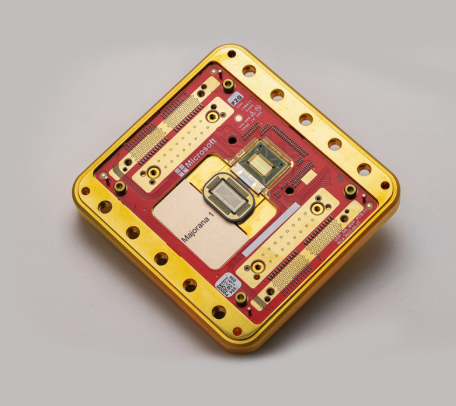Scientists worldwide are buzzing about something that sounds like science fiction: topological superconductivity. This strange but exciting idea in physics could change how we build computers, power our homes, and store information in the future.
Let us break it down. Superconductivity is when electricity flows through a material with zero resistance, which means no energy is lost as heat. Typically, wires lose some energy when electricity flows, but superconductors do not.
Now, topological materials are special because of their unique structure. They have properties that stay the same even when bent or twisted. When mixed with superconductivity, you get topological superconductors—a new material with mind-blowing abilities.
One of the most exciting things about topological superconductors is that they might help us build quantum computers. These super powerful computers work differently than the ones we use today. They can solve problems faster but are hard to build because they are susceptible to their surroundings. That is where topological superconductors come in. They could help make quantum computers more stable and less likely to crash.
In early 2025, Microsoft made headlines when it announced the Majorana 1 chip, a quantum processor powered by what they claim is a new state of matter: the topoconductor. This never-before-seen material combines the properties of superconductors and topological materials in a way that allows for the creation of highly stable, error-resistant qubits—thanks to the presence of exotic particles called Majorana zero modes.
So, what would a quantum computer using this new state of matter look like? Imagine a chip cooled to extremely low temperatures—close to absolute zero—where these remarkable materials can do their magic. Tiny wires made from topoconductors would hold qubits, the basic units of quantum information. Because of their unique quantum behavior, these qubits would be far more stable than regular ones, helping quantum computers stay error-free for longer and process information more efficiently.
These machines would not look like your average laptop. They are stored in high-tech labs with advanced cooling systems and ultra-sensitive instruments. However, the problems they could tackle, from new drug discovery to climate simulations, are massive.
Topological superconductivity might sound abstract, but it is already shaping real-world tech. With the discovery of a brand-new state of matter, the future of computing might be more incredible than we ever imagined.
Nayak, Chetan. “Microsoft unveils Majorana 1, the world’s first quantum processor powered by topological qubits.” 19 Febuary 2025, https://azure.microsoft.com/en-us/blog/quantum/2025/02/19/microsoft-unveils-majorana-1-the-worlds-first-quantum-processor-powered-by-topological-qubits/. Accessed 9 April 2025.
Jaemin Seo et al. “ Avoiding fusion plasma tearing instability with deep reinforcement learning.” 21 February 2024, https://www.nature.com/articles/s41586-024-07024-9. Accessed 9 April 2025.








